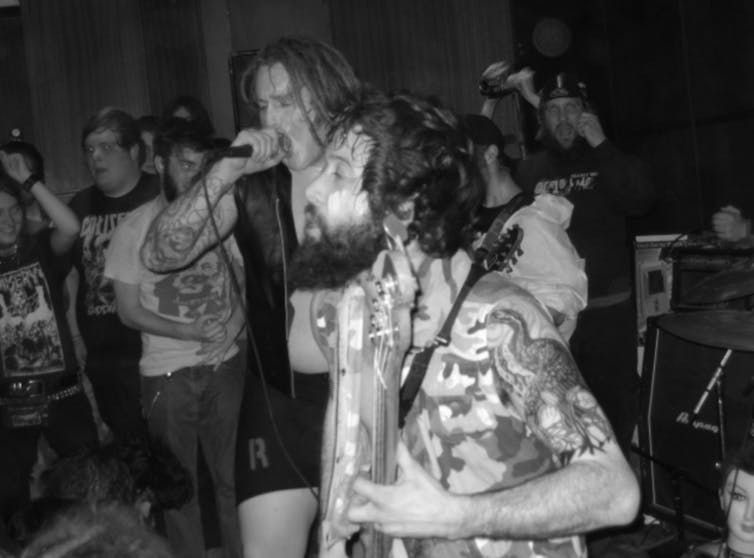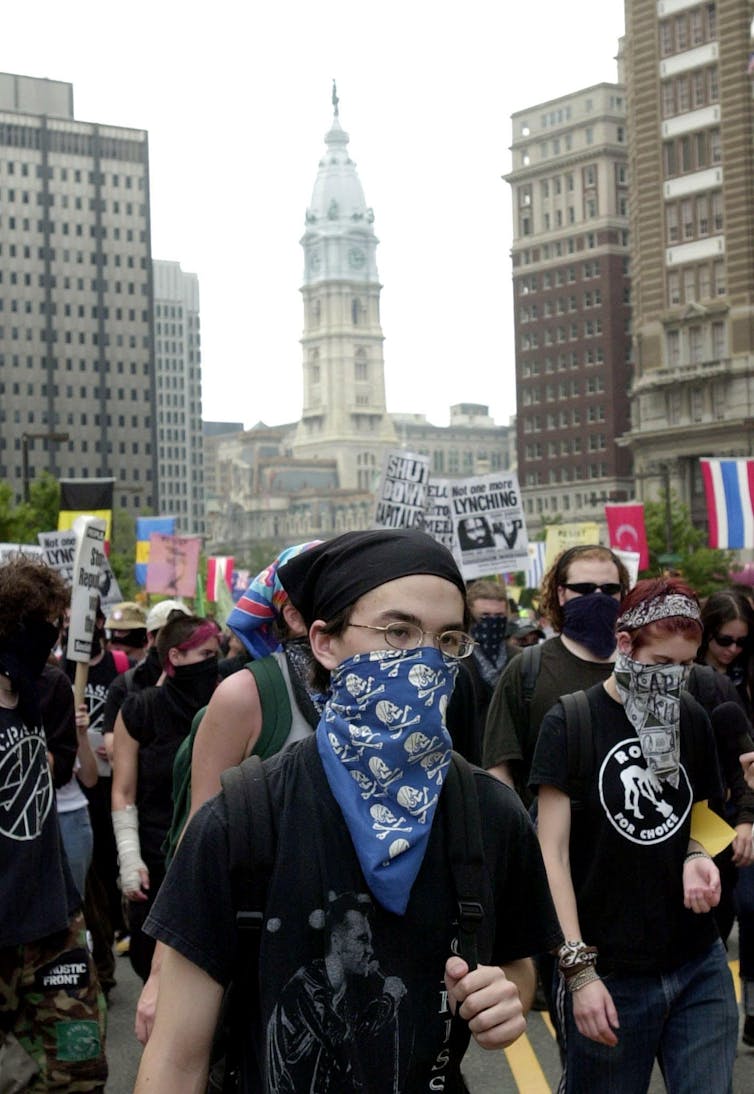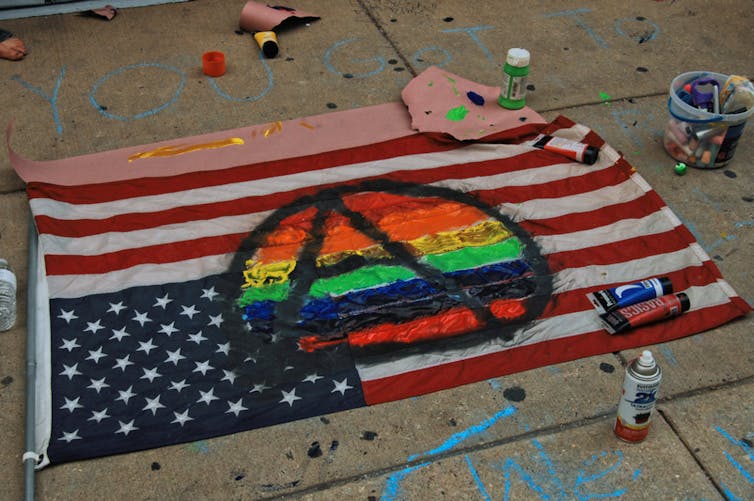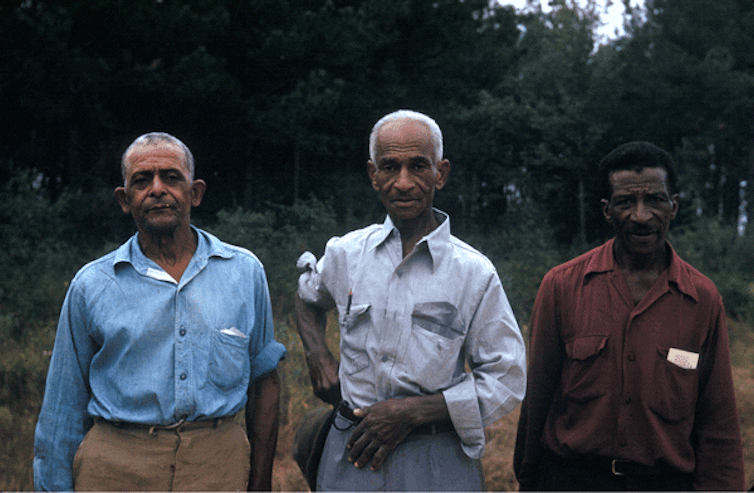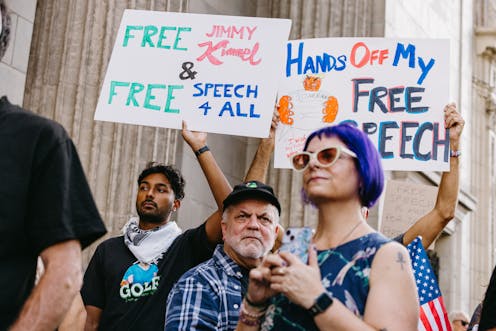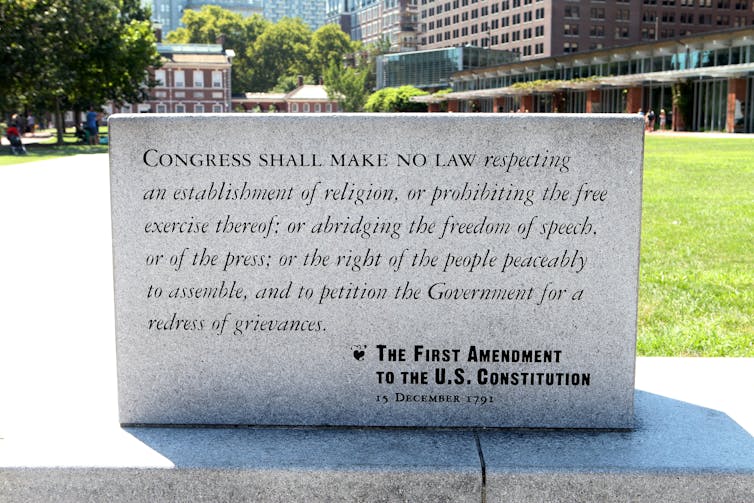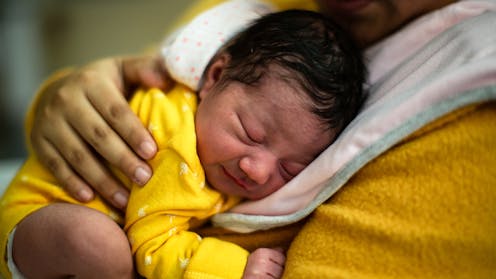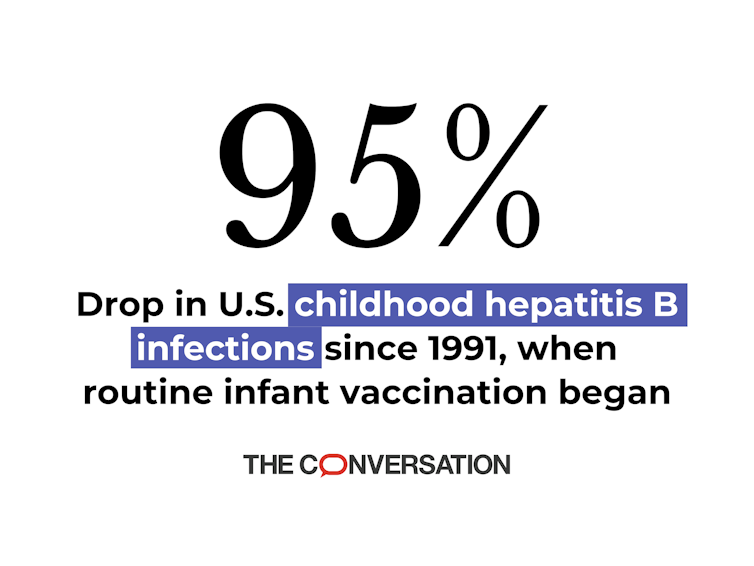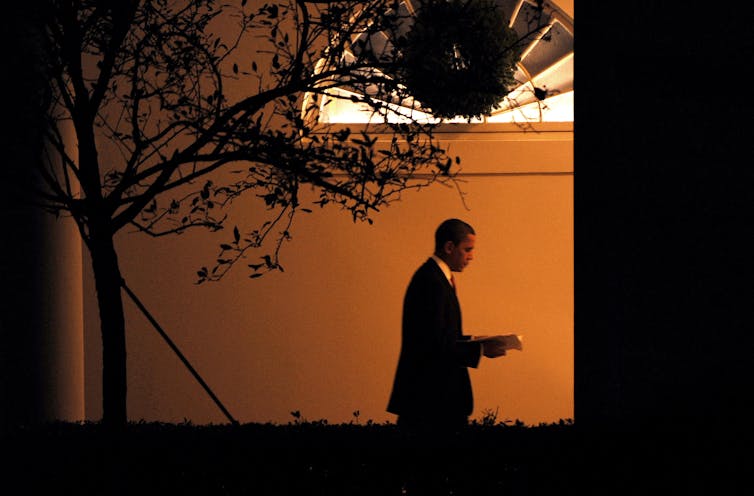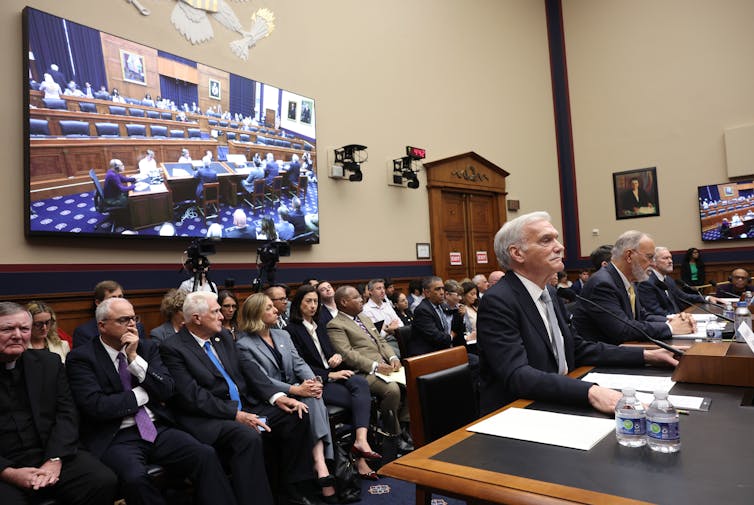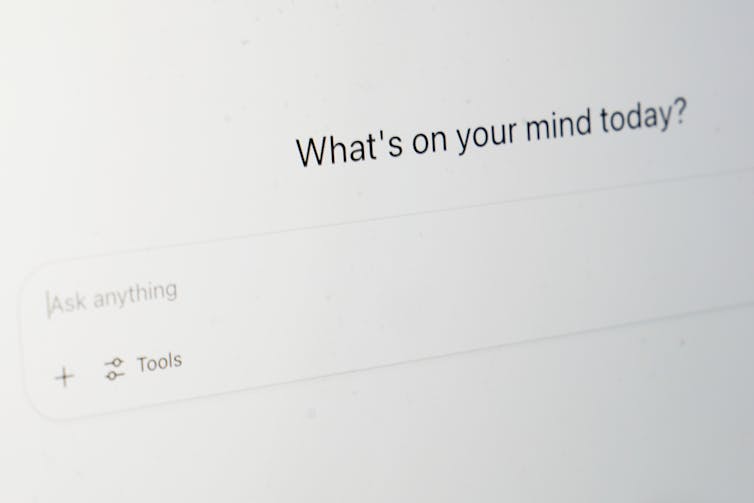Source: The Conversation – USA (2) – By Danielle Hass, Ph.D. Candidate, Department of Marketing, West Virginia University
I was one of the millions of people who lost someone to the COVID-19 pandemic. Despite the nonstop news about the “new normal,” my grief felt invisible. I took shallow solace in my phone and turned to social media to numb me from the reality that I now lived in: a world without my dad.
One day, while mindlessly scrolling, I came across the r/Squishmallow subreddit, where a girl had posted her collection of more than 100 round plush toys. They were called Squishmallows – round stuffed animals invented in 2017 that have become one of the most popular toy lines in the world, with more than 100 million sold each year.
I was hypnotized. I expected that my dive into the Squishmallow phenomenon would be the usual two-hour rabbit hole, but spending time in that community was the first joy I’d felt in months.
After scrolling through endless photos of Squishmallow hauls, I worked up the courage to post. I asked if there was a cardinal Squishmallow, since that bird was my dad’s symbol for his own father. I was bombarded with compassion; even though cardinal Squishmallows were rare at the time, someone sent me theirs for free. That single act of generosity started my collection.
Stumbling into the Squishmallow world
But alongside kindness and joy, I encountered a darker side of the community: resellers. Finding the most coveted Squishmallows could turn into a fierce competition.
This wasn’t just my personal frustration. As a doctoral candidate in marketing, I wanted to understand how communities like this function when outsiders exploit their passion for profit. That became the focus of my dissertation — the first study to examine resellers’ psychological and emotional impact on brand communities.
That research – which my colleagues and I published in one of the field’s top journals – echoed what I had lived through as a collector: Resellers are one of the most consistent sources of pain for members of brand communities.
For example, when I heard that my local Hot Topic would be selling two Reshmas, the coveted strawberry cow Squishmallow, I, like any rational adult, found myself outside of a mall at 6:30 in the morning. When the doors finally opened at 11 a.m., I sprinted to the storefront – only to find that I had been beaten by some people who had dressed as mall employees to sneak in early. I left devastated and cowless.
Later that day, I saw the same people gloating in local Squishmallow Facebook groups, trying to resell the cow for more than 10 times the retail price. I was heartbroken and angry; I swore I’d never collect again. And I wasn’t the only one to feel that way: Across social media, you’ll find countless collectors venting about resellers.
What is a brand community?
I didn’t know it then, but I had joined my first brand community: a group of consumers who form strong, meaningful connections through their shared admiration of a product. Brand communities range from giant online hubs with more than 100,000 members to tiny local groups that host trading parties in empty lots.
You might be in a brand community without realizing it. These communities can be created by a company – like Harley-Davidson, Lego and Hot Wheels – or emerge organically from fans, like the Facebook group “Walt Disney World Tips and Tricks.”
And they aren’t just about buying and selling. They’re creative ecosystems, full of posts showing collections, inventive displays and even goodbye messages when someone “rehomes” an item to another loving collector. Community members help each other solve problems, share leads on hard-to-find items and sometimes even mail strangers a plush toy because they know it will make them smile.
But while collectors use these communities to exchange information, so do resellers.
The reseller paradox: A shared enemy can unite a community
Resellers are outsiders who buy the most sought-after items and flip them online for a profit. They scout inventory tips, track hot products and plan their shelf-clearing strategies accordingly. And they infuriate collectors like me. Nothing sours the thrill of the hunt faster than seeing a shelf cleared by someone who only wants to use your sacred collectibles for profit.
After feeling emotional pain myself, I wanted to understand why resellers bothered me so much, and what they meant for the communities that had become my lifeline. That frustration became the spark for my research. What I found surprised me.
As a collector, nothing frustrates me more than to say: According to my research, resellers paradoxically strengthen brand communities. Yes, you read that right. Resellers help communities, but not because they try to help members acquire their desired items. In fact, my findings indicate that resellers inflict heartbreak on community members – which was in line with what I saw and experienced.
Resellers help brand communities because they create a common enemy that the community can rally against. When resellers grab all the stock from a store shelf, collectors turn to each other. They vent. They strategize. They share tips on where to find certain items, offer to pick up extras for strangers and organize trades to help each other avoid inflated resale prices. Ironically, the people causing the most frustration also increase community engagement.
Brand communities are real communities
These communities reminded me that you are never truly alone in your darkest moments. Joining a niche community, whether for sneakers, trading cards, cars or even Squishmallows, can enrich your life far beyond the products themselves. It wasn’t the Squishmallows that helped me heal from loss; it was the connection that lived in threads, comments and group chats.
I even came to appreciate the “villains” of the community – resellers – for their role in bringing people together. Although I still think I deserve that strawberry cow more than they did.
![]()
Danielle Hass does not work for, consult, own shares in or receive funding from any company or organization that would benefit from this article, and has disclosed no relevant affiliations beyond their academic appointment.
– ref. How Squishmallow collecting helped me cope with grief, make new enemies and find ‘villains’ worth studying – https://theconversation.com/how-squishmallow-collecting-helped-me-cope-with-grief-make-new-enemies-and-find-villains-worth-studying-264569



